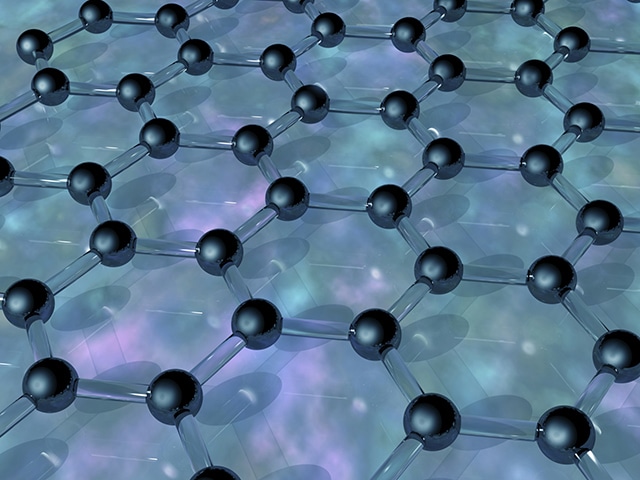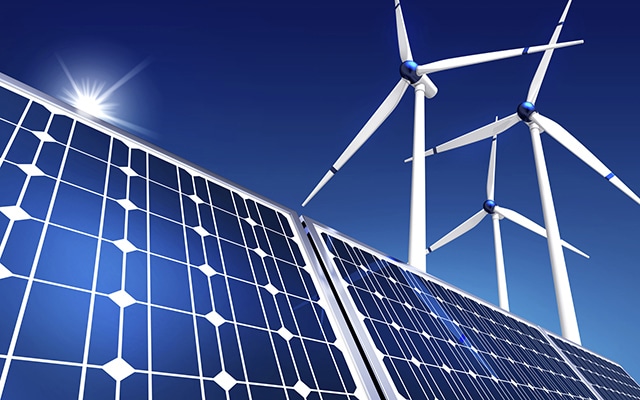By Kris Walker

The next generation of energy storage has been developed using graphene to create supercapacitors that could be used for renewable energy storage.
Graphene, a one atom thick layer of graphite has properties of high thermal and electrical conductivity, and is also strong and flexible.
These properties make graphene an interesting proposition for clean technology such as solar cell production however; researchers from Monash University, based in Australia, have developed a method of combining graphene, utilizing its properties, with supercapacitor technology.
Supercapacitors consist of highly porous carbon combined with a liquid electrolyte, which transports an electrical charge. The main advantages of supercapacitors consist of a near unlimited lifespan and quick re-charge capabilities.
Drawbacks consist of a low energy density, the ratio of energy storage to volume, of about five to eight watt-hours per liter meaning that they have to be constantly charged and are typically large.

Graphene supercapacitors could really benefit renewable energy due to its high energy density.
Enter Professor Dan Li and his team, at the department of materials engineering, who have created a graphene supercapacitor with an energy density of 60-watt hours per liter, 12 times higher than some standard supercapacitors.
"It has long been a challenge to make SCs smaller, lighter and compact to meet the increasingly demanding needs of many commercial uses." Professor Li said.
Using liquid electrolytes and a graphene gel film, the team were able to control the spacing between graphene sheets on the sub-nanometer scale enabling the liquid electrolytes to maintain minute space between graphene sheets as well as conduct electricity which maximizes energy density.
Professor Li further states, "We have created a macroscopic graphene material that is a step beyond what has been achieved previously. It is almost at the stage of moving from the lab to commercial development."
Graphene gel is made up from the conversion of graphite into highly porous, mechanically robust conductive films.
To ensure a cost-effective production that could be scaled for industrial use, this material was created using a similar methodology to that of traditional papermaking.
The advantages of supercapacitors go hand in hand with renewable energy and utilizing with innovations such as electric vehicles, the drawbacks coming from the low energy density. Combining this with graphene, it can improve the density twelve times over meaning that this can be utilized in the commercial and industrial sector in the future.
Be sure to like our AZoNetwork Facebook page and tell us what you think of this technology. You can also follow us on Twitter and ask any questions to our dedicated editorial team using the comments section below.
Further Reading: Monash University, Gel-Form Graphene.
Image Credit: Monash University, Photos.com